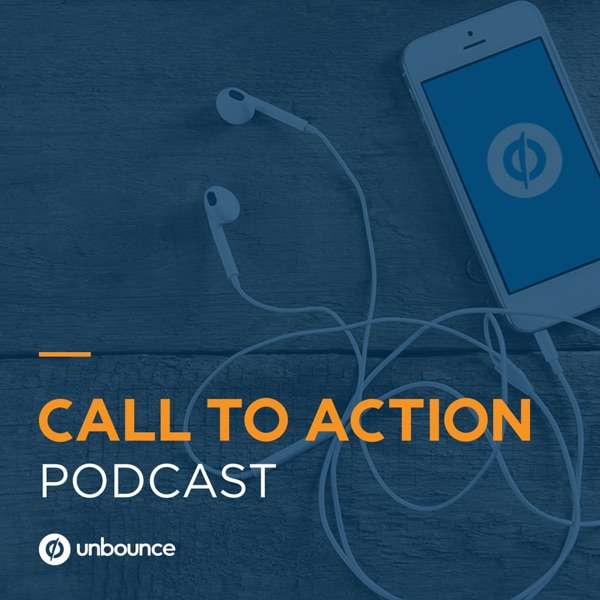We're all familiar with digital marketing, but have you heard of neuromarketing? Chances are you haven't since today's guest, Alex Vonderhaar, is one of the only one's talking about it. It's completely unorthodox and will flip the script on marketing as we know it. Alex is no stranger to the Underdog Empowerment podcast, so if you missed his story before, check it out on this past episode. Today he's sharing the exact framework he uses to bridge neuroscience and digital marketing to get results that last.
As cliche as it sounds, Alex says it all starts with mindset. If you've never heard of the prime number maze, it was something discovered by physicist Richard Feynman. He found that rats could be trained to make it through a maze by turning at every even or every odd number, but they couldn't be trained to turn at prime numbers because it was too abstract. He found that there could be patterns in our daily lives that, if followed, would lead us to success, but we just couldn't comprehend them. In other words, we could see the how, but the why may not make sense yet, and that kept people stuck.
Alex's work has been around getting people to follow the how, accepting that they might not understand the why until after the fact. This will be extremely beneficial going forward, especially with how social media has pulled a 180 in 2022. The FTC has recently come in and said that people without clear demonstrations to get results, can't claim results. There was a big click funnels guy recently that claimed he could get people all these results, but when you went through his system that often wasn't the case. He was teaching the why, not the how.
Because of these changes, Alex predicts the entire marketing and client acquisition process will need to be revamped over the next couple of years. One small step that Alex recommends making is to stop putting all the focus on ROI, but more so on the ROMI, or return on marketing initiative. It all starts with identifying your TAM, or total addressable market. For Alex, that's business owners making at least $100,000/month. You can narrow that down to an avatar within your TAM, which would be your ideal client. Now, how can you visually empower that person? Alex uses the acronym of SUCCES (yes, that's success without the last s): Simple, uncertainty, concrete, credibility, emotion, and stories.
Let's start with simple. Is your product or service straightforward and easy to understand? If so, move on to uncertainty. We can use an air of uncertainty or mystery to build up the hype. Now, concrete it in people's minds, make it something they can't easily forget. As far as credibility, we have both internal and external. Internal focuses on convincing details, such as data and statistics. For external, you can either establish yourself as an authority, or paint competitors as an anti-authority. Tapping into your audience's emotions can be done by focusing on one person. It's hard to tap into the emotions of a whole group, but if you can make one person emotional, it will impact everyone around them. It's the power of association. All of this can get people to pay attention, understand, care, feel secure, and even act, but ultimately, you have to be a storyteller.
This process works for both products and services, but it will take time, so don't give up before the payoff. Alex recommends a 90 day minimum. It's all about demonstrating, over and over, so that they can see the results. Your top of funnel should be built around blogs and YouTube videos, where you continuously demonstrate your product or service's success. You can use both of those avenues to build your email and SMS lists. That's where the middle of the funnel comes in as something like a Facebook community; somewhere you can hold them and keep them warm. Throughout all of this, you're getting them to know, like, and trust you. Potential clients should have the opportunity to vet you and trust you before they reach any traditional sales pitch. It's all about playing the long game.
We want people to be self-validating as they move down the funnel. If you force them down the funnel, even if they buy your product or service, they're bound to quickly end up in the 'what have you done for me lately' phase. If they've sold themselves, the honeymoon phase will last much longer and they won't go there. You want potential clients to feel like they're the only one that matters, and this can be done by letting them establish credibility on their own terms.
Too often the game plan is to just dump money into paid ads and see what happens. It might work, but it's a gamble. Wouldn't you rather go in with a strategy that uses your best assets and increases your chances of success? Not to mention, so many people will run ads before they've gotten their email, SMS, or website in order. That's counter-productive! You want all parts of your funnel growing together. So, remember, listen to the experts, and listen to the how. Don't worry about the why in the beginning, because chances are you can't see what they see… yet.
What You'll Learn:
- What TAM is and how to identify yours.
- Why you should focus more on ROMI than ROI.
- Where a podcast can fit into your funnel.
- Why back of funnel gets overlooked and why it's just as important.
Favorite Quote:
"All great marketing takes a little bit of time to sink in, and most people give up on it way too early." -Alex Vonderhaar
Connect With Alex:
Instagram
Neuro-Insider Newsletter
______________________________________________________________________
How to Get Involved:
Get podcasting help here.
For more on how to grow your business, check out this episode.
If you enjoyed this episode, head over and visit us on Apple Podcasts - leave a review and let us know what you thought! Your feedback keeps us going. Thanks for helping us spread the word!

 Our TOPPODCAST Picks
Our TOPPODCAST Picks  Stay Connected
Stay Connected






